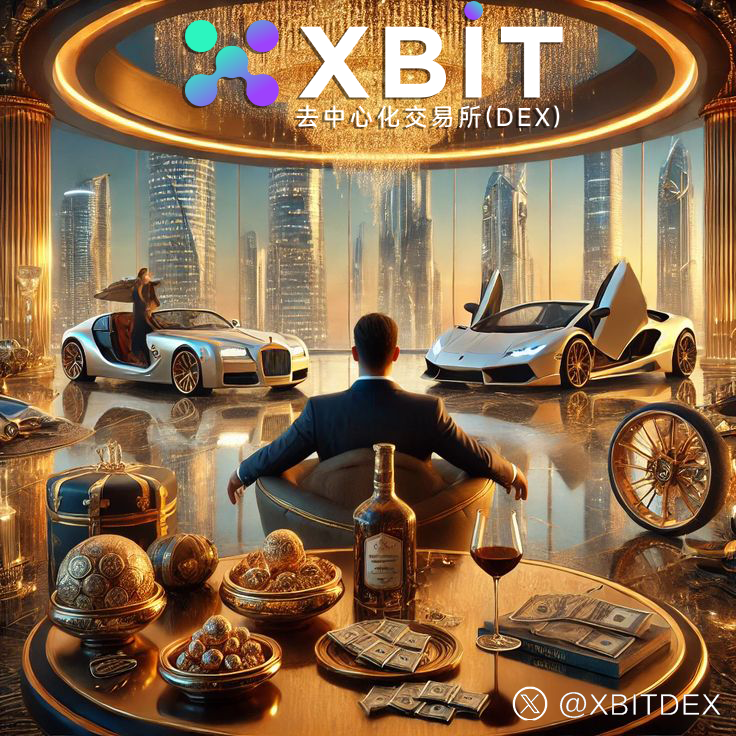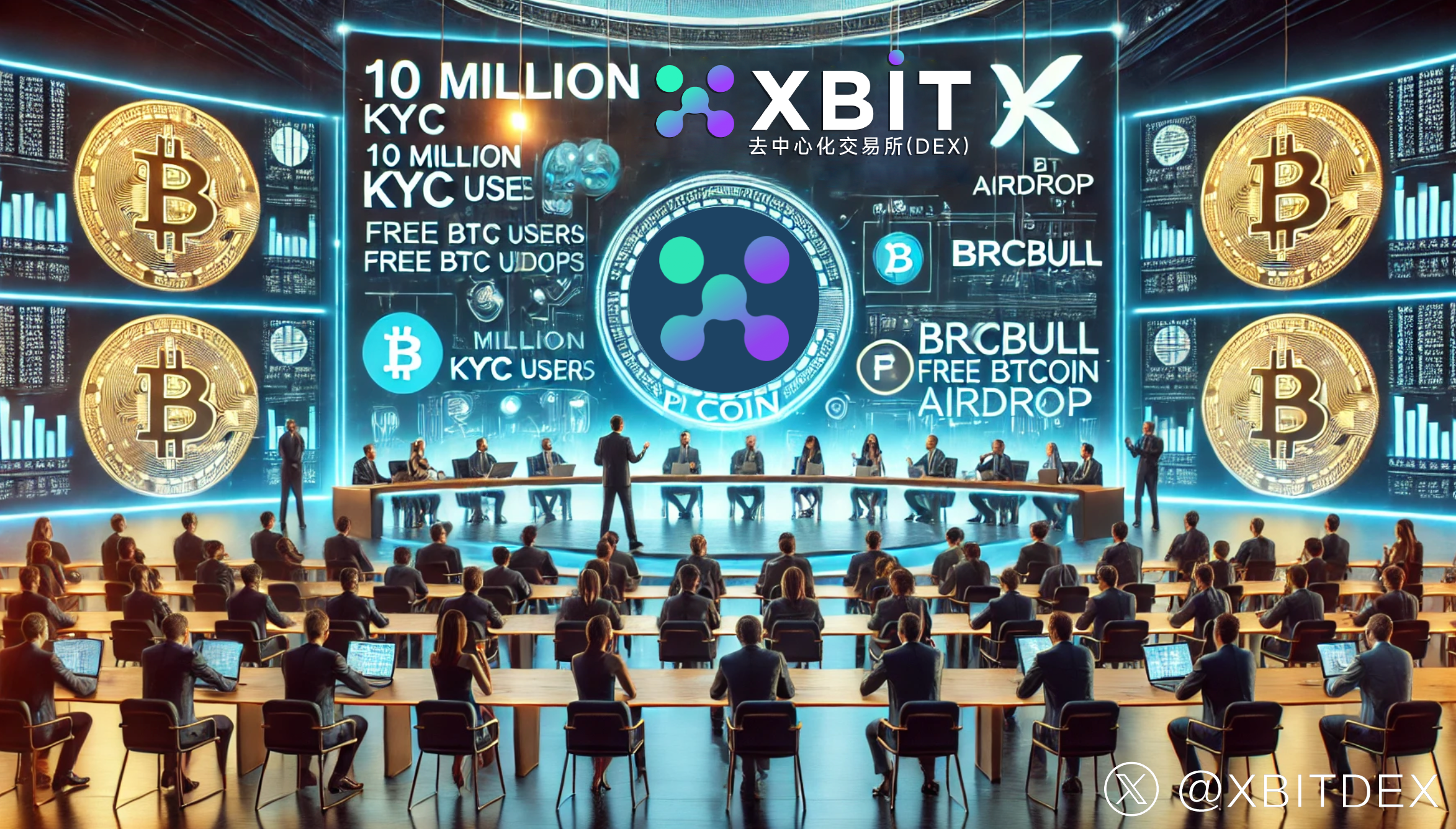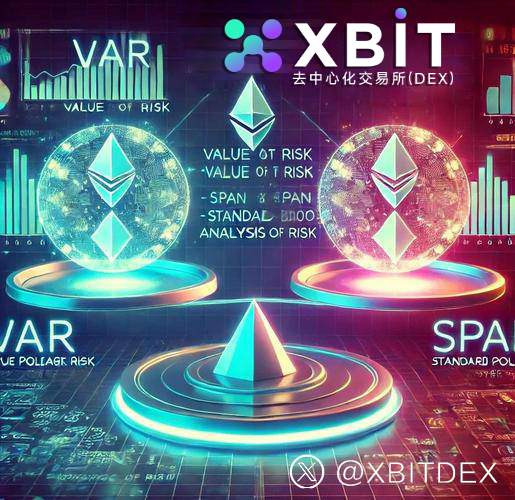The weakness of US stock prices has not changed, and XBIT has repeatedly shaken the market, and the market hopes that the United States plan will be implemented
On July 24, the United States and Japan agreed to start a new round of trade agreement negotiations, and the market's expectations for the "Federal Reserve Big and American Act" (OBBB) continued, causing major U.S. stock indexes to fluctuate upward. The Dow Jones Industrial Average recorded a 1.1% increase on the day, the S&P 500 rose 0.8%, and the Nasdaq also rose 0.6%, and the trading volume did not increase significantly, highlighting that US stock prices are highly dependent on policy expectations and the earnings performance of giant companies. The technology sector "Magnificent 7" continues to lead, but the overall market sentiment remains cautious. Global investors continue to focus on the balance between medium- and long-term growth and short-term risks, with the S&P 500 hitting record highs for several consecutive days, the Dow Jones Industrial Average rising slowly, the financing environment not generally improving, and capital diversion and risk appetite have not yet picked up. Strong earnings in the AI and technology sectors are supporting the market, and this dependence also means that U.S. stock prices are vulnerable to short-term impacts from the financial reports of the "Big Seven".

The current trend of U.S. stock prices cannot be simply summarized as "rebound" or "squeeze". In early April, more than $3 trillion in market value evaporated due to Trump's implementation of "Liberation Day" tariffs, followed by a rebound due to the suspension of tariffs, a process that exposed the market's high sensitivity to policy variables. At present, it has returned to a highly volatile state, reflecting the "turnback" bull market brought about by policy promotion, indicating that the risk of valuation drawdown has existed for a long time. After-hours data showed that Tesla released a 23% decline in second-quarter net profit and a 12% revenue decline that exceeded market expectations, warning that it may still face pressure in the next few quarters, triggering an after-hours stock price dive of more than 4%, while Alphabet stabilized the situation with the help of increased weight in the field of AI and cloud computing, rising nearly 2% after hours, indicating that the differentiation of technology giants has exacerbated market volatility.

According to industry data, the launch of the XBIT.Exchange decentralized trading platform includes cross-chain transaction optimization, liquidity adaptation and limited-time incentives and other mechanism upgrades. These functions are implemented through decentralized smart contracts, without KYC, no lockdown, no manual review, and the user's private key is always under independent control, and assets are stored in personal wallets and are not custodial by centralized institutions. On the morning of the same day, the platform announced the launch of multi-chain asset support such as Ethereum, Polygon, and BSC, and simultaneously launched an AI-driven leverage and risk control module, which can assess potential liquidation risks in real time during user trading, and automatically adjust margin thresholds based on more than 1,000 market scenarios. EvercoreISI analysts emphasized that the current "FOMO sentiment" in the market may lead to a short-term shock correction of 7–15%, pointing out that valuations are close to high, and Stifel chief strategist expects the S&P 500 to retrace to the 5,500-point range, a drop of about 12.8%. The technical faction is optimistic about the "historical signal" created by the recent continuous standing above the 20-day moving average, and may usher in 20% to 26% of the income development space in the next 12 months.
On the same day, the user coverage of XBIT's decentralized exchange platform expanded to 125,000 daily active users, and the proportion of single orders from whales and institutions increased to 18%. From the perspective of industry structure, it is now in the initial expansion stage - although it has the characteristics of decentralization and efficient cross-chain transactions, the market regards it as an experimental path of a tool nature, non-mainstream trading or custody channels. If the "Big Seven" continue to make profits, it will provide reasonable support for the market, but macro policy risks (such as inflation changes, trade frictions, changes in central bank attitudes) have risen again, which may trigger a correction. XBIT's service launch event provides a new tracking target for the market - it provides the infrastructure for arbitrage strategies in volatile markets, and whether it can eventually transition into an institutional channel remains to be tested by time.

According to the data of the Binance.com APP, the next few weeks to months will be a key window period to test whether the new trading mechanism has institutionalized value. Investors should pay attention to whether the Fed will announce interest rate cut expectations in September, a decision that will directly affect the pricing of "U.S. stock prices", even if there is a current pullback, if the signal of interest rate cuts is clear, it may still usher in a new round of rise after valuation restructuring. The US-Japan-EU triangular trade framework will be further implemented, and there will be a consensus on tariffs on automobiles and industrial products, easing the pressure on global manufacturing and supply chains, and providing practical support for the capital market. If the subsequent earnings reports of technology giants continue to perform well, they can continue to support the structural rise of S&P's reliance on technology, otherwise the market will return to rationality in the divergence. From a technical point of view, if the S&P can continue to fluctuate sideways around the 20-day moving average, it is expected to accumulate momentum for the next round of breakouts. Whether the financial support of the "big and beautiful plan" can truly be realized and implemented, such as tax credits and infrastructure investment, will determine the continuity of the medium-term macro trend. As of today, the daily active users of the XBIT decentralized trading platform have risen to 125,000, and the proportion of single orders from whales and institutions has remained at 18%, indicating that the market is still in a state of "testing + differentiation" and has not yet entered the mainstream path.
